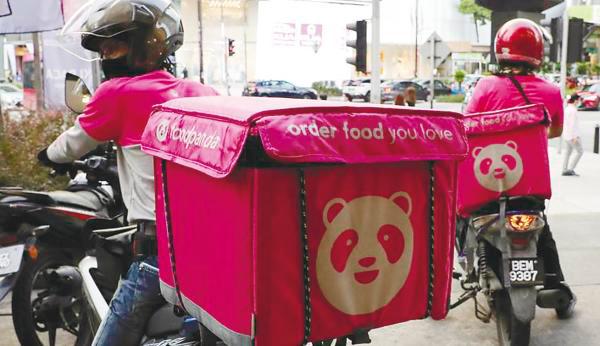IN the rapidly evolving food industry landscape, digitalisa-tion has become more than just a trend – it is now a necessity for survival and growth.
The surge in technological advancements has propelled restaurants into a new era, reshaping the way they operate and connect with customers.
Digitalisation is about leveraging technology to enhance customer experience, streamline operations and drive business growth.
The benefits of this transformative shift are extensive, ranging from increased efficiency to data-driven insights that enable personalised customer interactions.
In the last few years, we have witnessed a profound impact on communities as restaurants adapted to these changes.
The food industry is inherently competitive, and the digital shift provides a competitive edge.
The evolution of the food industry has resulted in several fundamental changes.
Among them is the rise of delivery services, enabling restaurants to expand their reach and increase revenue.
Additionally, data-driven insights have become invaluable, allowing businesses to tailor their offerings to suit customer preferences. These components put small business owners on a level playing field with mammoth chains.
The community impact is substantial, with local businesses gaining visibility beyond physical constraints. Even small roadside vendors can now offer their food to a wide range of customers.
Upscaling businesses
Embracing delivery services has not only expanded revenue streams but also eliminated geographical barriers. The convenience of ordering from anywhere has become a customer expectation, providing businesses with a broader reach.
Delivery services enhance visibility, giving even the smallest establishments a chance to showcase their offerings.
A roadside stall will have the same opportunity as a restaurant chain via a simple application. With just a few taps, customers can discover the most obscure vendors within seconds.
Additionally, the integration of technology has brought about data-driven insights, enabling personalised experiences through customer preference analysis.
This technology not only tailors to menus and marketing strategies but also enhances customers’ overall satisfaction.
The rise of contactless dining, payment and reservations, coupled with the use of platforms for marketing, has further enhanced convenience and customer engagement, promoting loyalty and attracting new patrons.
Digitalisation is not merely about efficiency, it is a holistic approach aimed at creating memorable customer experiences and ensuring the sustained relevance of restaurants.
Supporting the food industry in this digital transformation is crucial, and certain delivery services are equipped to lead this shift via the necessary tools at their disposal.
Past advertising methods are being replaced by digital marketing applications, making it easier for restaurant operators to market themselves, even for those without prior digital marketing knowledge.
In the past, tracking data and outcomes was challenging, making it difficult to determine the number of customers who visited the stores and made subsequent orders, but with digitalisation, tracking has been simplified.
Traditionally, restaurants and large chains would allocate significant funds for data analysis.
However, with the assistance of digital marketing, they can now precisely determine their expenditures and evaluate the sales generated from these marketing activities. This enables them to enhance their entrepreneurial skills.
Beyond pandemic lifeline
Amid the challenges posed by the pandemic, some restaurants had to adapt to digitalisation and experienced significant differences in their businesses.
Several restaurants strategically leveraged digitalisation to reach customers beyond the usual coverage area and saw a significant surge in sales and heightened brand recognition. Digitalisation became the backbone of their businesses.
Similarly, restaurants that faced adversity during the lockdown and were forced to close turned to digital platforms for assistance to ensure the continuity of their business.
The adaptability facilitated by digital platforms allowed these businesses to resume operations as the economy recovered, showcasing their resilience in the face of challenges.
Furthermore, the advent of food delivery platforms also contributed to the rise of food and beverage operators that exist purely for the food delivery market. For them, partner- ships with food delivery platforms lead to substantial growth.
Some food delivery platforms offer exclusive partnerships with food operators, enabling them to enjoy priority placement on platforms, dedicated marketing support and access to specialised promotional opportunities.
By leveraging digital tools, businesses can thrive in the evolving landscape of the food industry.
The digital transformation facilitated by food delivery platforms is reshaping the restaurant landscape. The benefits are evident, from increased reach to data-driven insights and enhanced customer experiences.
As we navigate the ever-evolving food industry, embracing digitalisa-tion is not just a choice but a strategic imperative for sustained growth and resilience.
The writer is the senior commercial director at foodpanda Malaysia. Comments: letters@thesundaily.com









